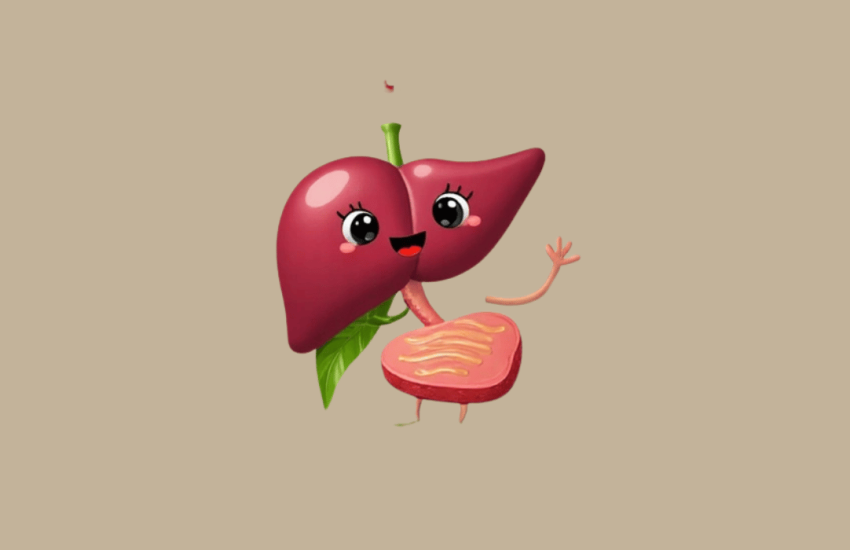Why Poor Circulation is a Warning Sign for Your Health
Poor circulation, in and of itself, is never a good thing. It could be an indicator of blocked arteries, which can be life-threatening. Blocked arteries can lead to serious conditions, including heart attacks or strokes, making it crucial to recognize the signs early.
In most cases, poor circulation signals poor overall health, and it’s essential to visit your doctor for proper diagnosis and treatment. It could be caused by various health issues, such as low blood pressure, heart problems, or diabetes.
What Causes Poor Circulation?
Several factors can contribute to poor circulation, including:
- Smoking
- Sitting for prolonged periods (check out the video at the bottom for circulation-boosting exercises)
- Consuming fast food regularly
- Obesity (a significant risk factor)
Why is Good Circulation Important?
Every organ in your body relies on a healthy blood flow to receive the essential nutrients it needs to function. When blood circulation is impaired, it can damage vital organs like the heart and brain. Imagine a city with blocked roads—nothing gets done, and nothing reaches its destination. To keep your body functioning at its best, blood circulation must remain free-flowing, just like the roads in a thriving city.
Chronic Fatigue, Leg Pain, and Cramps: A Red Flag
If you experience persistent tiredness, cramping, or pain in your legs, you might be showing symptoms of peripheral artery disease (PAD). PAD occurs when plaque builds up in the arteries, leading to a condition called atherosclerosis. This can result in narrowing or blockage of the arteries, reducing blood flow to critical areas like the legs.
According to the American Heart Association, PAD is often undiagnosed because its symptoms can resemble other health problems. But PAD can be very serious, so it’s important to take proactive steps to ensure that your doctor accurately diagnoses the issue.
What is PAD?
Peripheral artery disease (PAD) is a condition where plaque accumulates in the arteries, which over time hardens and narrows them, restricting blood flow. PAD often affects the arteries in the legs and can lead to dangerous complications if left untreated.
Symptoms of PAD
The common symptoms of PAD include:
- Leg pain and cramping
- Numbness in the legs
- Slower-than-normal healing of wounds
- Loss of hair on the legs
- Shiny skin on the legs
Note that not all of these symptoms may be noticeable, or they might be subtle. Therefore, it’s important to focus on prevention and early detection.
Prevention and Treatment for PAD
Here are the top three recommendations for preventing or managing PAD:
- Increase Physical Activity
Regular exercise helps boost circulation and maintain healthy arteries. - Adopt a Plant-Based Diet
A diet rich in fruits, vegetables, and healthy fats can help prevent the buildup of plaque in the arteries. - Quit Smoking and Alcohol Consumption
Smoking and excessive alcohol intake contribute to poor circulation and artery damage.
Additionally, consider incorporating foods like ginger (great in smoothies) and garlic, both of which have circulation-boosting properties. Vitamin E is especially beneficial for circulation, so include nuts like almonds, Brazil nuts, and sunflower seeds in your diet.
Antioxidants, such as vitamins C, D, and E, along with beta-carotene and selenium, can also promote healthy circulation. Stock up on organic fruits and vegetables from your local farmer’s market for the best results.
Conclusion
Good circulation is crucial to maintaining overall health. If you experience symptoms like leg pain, numbness, or cramping, it’s important to act quickly to address the issue. Prevention is key, so make sure to maintain an active lifestyle, eat a healthy, plant-based diet, and avoid harmful habits like smoking. Taking care of your circulation now can help protect your health in the long run.
If you found this article helpful, please share it with a friend or pin it for later!


